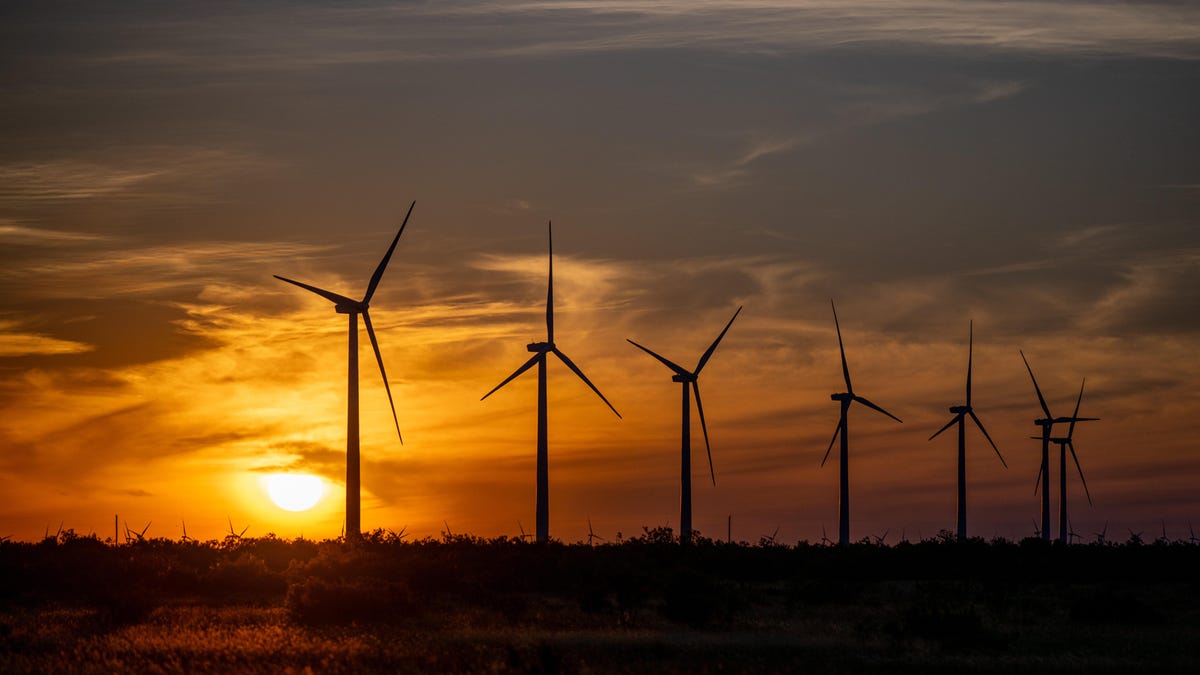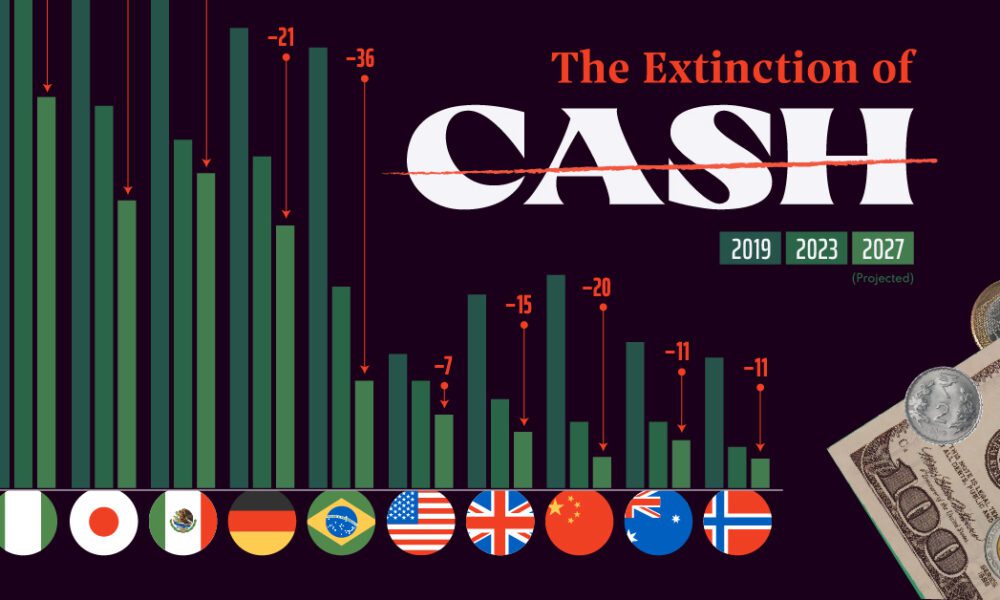- Arvind's Newsletter
- Posts
- Arvind's Newsletter
Arvind's Newsletter
Issue No #1137
1.Tata Motors, M&M slash prices to boost demand amid unsold inventory
With substantial unsold inventory along with other challenges, both Tata Motors and Mahindra & Mahindra's pricing strategies aim to revive consumer interest and stimulate sales
At a time when car sales are experiencing a challenging phase with around Rs 60,000 crore worth of inventory lying unsold with dealers, along with reduced footfall and potentially lower consumer interest during the upcoming monsoon season, two of the largest Original Equipment Manufacturers (OEMs), Tata Motors and Mahindra & Mahindra.
Interestingly, these announcements also came after the recent decision by the Uttar Pradesh state government to waive registration fees on strong hybrid cars, effectively reducing their on-road prices by up to Rs 4 lakh. With the new directive effective from July 1, hybrid vehicles are now grouped with electric vehicles (EVs) for registration fee exemptions. This move is anticipated to invigorate sales of these vehicles in the state, which is among the largest EV markets in India.
Interestingly at the same time, luxury car maker Mercedes Benz reported record half-yearly sales at 9262 units, which is a 9% increase in sales during the same period from last year when it sold 8,528 units. These are record sales for the manufacturer that said it would introduce new products during the upcoming festive season. Mercedes-Benz India managing director and CEO Santosh Iyer said that the company expects to meet the “double-digit growth as projected earlier" for 2024.
2.Chinese electric vehicle makers are adapting to tougher tariffs and market prospects in the US and Europe by expanding in the Global South.
EV giant BYD on Monday announced it will build a $1 bn plant in Turkey (after having been denied investment in India), which has a customs agreement with the European Union. Meanwhile in Africa, Neta Auto recently opened a flagship store in Kenya — its first on the continent — and Xpeng Motors unveiled plans to sell two EV models in Egypt.
Southeast Asia, in particular, has witnessed a boom in Chinese EVs: Just last week, BYD opened its first regional factory, in Thailand. “Southeast Asia’s relatively neutral geopolitical stance provides a window of opportunities for companies from China to expand,” one Hong Kong-based economist said.
3.ChatGPT might rule the AI chatbots — but it can't beat Google Search; Laura Bratton in Quartz
Just as online search engines took our curiosities from the shelves of libraries and onto computer screens, ChatGPT has indisputably reshaped how people across the globe seek answers to their questions.
Since its debut in 2022, OpenAI’s generative artificial intelligence chatbot ChatGPT has popularized AI. Similar chatbots from different companies were born: Anthropic’s Claude, Google’s Gemini, Microsoft’s CoPilot. Anyone who’s anyone in Silicon Valley has either invested in, developed, or integrated AI in their work.
But it appears that ChatGPT won’t be dethroning “classic” internet search engines — namely their king, Google Search — anytime soon. While analysts worried that generative AI would be Google Search’s undoing, quite the opposite has been true. Quartz’s Laura Bratton has more.
4.Wind energy is powering America more than coal for the first time ever
American energy generation has gotten just a little bit cleaner this year. Data from the Energy Information Administration suggests that wind power is a bigger source of electricity than coal for the first time ever. Data from the agency says that wind was responsible for 47.7 million megawatthours of energy in April, vs. coal’s 37.2 million megawatthours.
5.Charted: The Extinction of Cash
As credit cards and digital wallets (e.g. Apple Pay, Paytm, Alipay, UPI, ) see increasing adoption around the world, the share of cash being used in transactions is plummeting.
The chart in the link below looks at cash as a share of transaction value in selected countries at three time periods (2019, 2023, and 2027P). Highlighted in red is cash’s projected drop from 2019 to 2027. This data showing the death of cash comes from WorldPay’s Global Payments Report 2024.
Where Cash is King (For Now)
The prominence of cash for use in transactions is dropping in every country measured. This includes countries where cash was preferential method of payment in POS transactions. India is expected to see the biggest drop in cash transaction value.
6.What Sets Genius Teams Apart: Merete Wedell-Wedellsborg in HBR
In HBR, Merete Wedell-Wedellsborg, an executive coach and organizational psychologist, describes some of the characteristics of ‘genius teams’ — the exceptional executive teams that can handle more complexity than their peers, accomplish more and work faster — she has encountered over 20 years. One of the interesting observations she makes flies in the face of the common advice to keep professional and personal lives separate.
She writes: “On many genius teams, I have observed a blurring of professional and personal bonds. This complicates the art of the good fight, because deep personal bonds are part of the teams’ secret. So, the easy answer to “just keep it professional” is useless.
What makes genius executive teams resilient in the long run is that they feel in it together and accept and mitigate each other’s eccentricities, de-railers, and shortcomings. They have a very strong and mutual “we” feeling. This contagious sense of community and connection is one of their most notable qualities and one that becomes more evident and profound when observing teams over many years.
A genius team that “had spent lots of time in the foxhole together,” in the words of one member, regularly spoke of a deep sense of connection: “If I don’t see my colleagues for a long time, I get demotivated. It’s as simple as that. I hate it when we are not in the same country or when we travel alone for longer periods.” Read on.
7.Sourcing nutritional value in insects:Singapore approved 16 insects for human consumption with immediate effect.
The bugs, which include grasshoppers, silkworms and locusts can be imported, farmed, or processed into food for humans or used to feed animals intended for human consumption. The Singapore Food Agency’s guidelines stress the need for insects to have a history of being consumed as food, like fried grasshopper, which is traditionally eaten in Southeast Asia.
The United Nations has touted insects as a sustainable alternative to other protein-rich foods, like beef. Some Singaporean eateries are embracing the change, the South China Morning Post reported, with one saying diners can expect their bugs to be served clean and lightly toasted.
8.It is Wimbledon season: Joe Pompliano analyses the financials behind the sport in his blog -Huddle up
The more interesting part of his analysis, though, is that Wimbledon is potentially leaving $100 million on the table, protecting the event’s legacy by releasing cheap tickets and handpicking only a few blue-chip sponsors.
9.Why India will become a superpower: Martin Wolf opines in his column in Financial Times
“I have an unwavering belief that in 2047, when the country celebrates 100 years of independence, my country will be a developed India.”
Thus did Narendra Modi, India’s prime minister, address his country on Independence Day 2023. Is his aspiration a feasible one? Yes. Is it a plausible one? No. But it is still likely that India will be a superpower by that time, with an economy, on one measure, as large as that of the US. So, how might India get there? What challenges will it face? What might it mean for the world?
I addressed the topic of India’s economic future in lectures last week at the National Council of Applied Economic Research and the Consumer Unity and Trust Society in New Delhi. I illustrated the challenge of becoming a high-income country by comparing India with the poorest country ranked as “advanced” by the IMF, Greece. In 2023, India’s GDP per head at purchasing power parity (PPP) was just under a quarter of that of Greece. If Greek GDP per head grows at a mere 0.6 per cent (its 1990-2029 trend, with IMF forecasts) and India’s grows at 4.8 per cent (its 1990-2029 trend), India’s GDP per head would only be 60 per cent of Greece’s in 2047. If its GDP per head were to match that of Greece by 2047, the rate of growth in GDP per head would need to rise to 7.5 per cent a year. That rate of growth would not be far below that of China from 1990 to 2012, when it achieved the astounding annual rate of 9 per cent.
The picture of aggregate size is rather different. UN forecasts indicate that by 2050, India’s population will be 1.67 bn, against 1.32 bn in China and 380 mn in the US. With more than four times the population, it will not be hard for India to match total US economic output. Indeed, if India’s GDP were to grow at only 5 per cent a year to 2047 (well below its 1990-2029 trend annual rate of 6.3 per cent), and US GDP were to grow at 2.3 per cent (its 1990-2029 trend rate, on a similar basis), India’s economy (at PPP) would equal that of the US.
The US would still be more technologically advanced and have far higher productivity. India’s manufacturing prowess is also unlikely ever to match that of China: the share of its industrial sector in GDP is not only far smaller than China’s, but is already in decline. Yet size matters: with its huge population and a big economy, India would be a superpower, not fully matching China or the US, but unquestionably a great power.
What might prevent this from happening? One reason might be the slowdown in global economic growth noted in the IMF’s April 2024 World Economic Outlook. The impact and extent of this structural slowdown (with China’s deceleration and demographic change elements in the picture) could be worsened by a big jump in protectionism triggered by Donald Trump’s possible re-election. In the longer term, the climate crisis might affect economic growth, as well as human welfare more broadly, as I argued last week. Also far from unimaginable is war among the superpowers. Against this, some hope artificial intelligence will reignite economic growth. But that is questionable.
A crucial point is that Indians will need their economy to grow at least twice as fast as global output. This means that its exports will also have to grow at least twice as fast as global output if the trade ratio is not to fall: otherwise, the economy would become ever more closed. In a recent paper, Shoumitro Chatterjee and Arvind Subramanian argue against any renewed bout of aversion to trade. They note the widespread belief that “India is a large country with a large market”. But the true market size for tradeable goods and services is somewhere between 15 and 45 per cent of GDP, given the widespread poverty.
Again, some argue that “exports have not been important for Indian growth”. But exports have in fact been crucial, not least because they pay for necessary imports, increase competition and offer access to global knowhow. Finally, people argue that “global opportunities are disappearing”. But India’s share in world merchandise exports (excluding intra-EU trade) was a mere 2.2 per cent in 2022, against China’s 17.6 per cent. Even its exports of commercial services were only 4.4 per cent of the world total, far below the US share of 12.8 per cent and China’s 6 per cent.
Moreover, and crucially, India has strengths. It is an obvious “plus one” in a world of “China plus one”. India has good relations with the west, to which it is strategically important. But it is also important enough to matter to everybody else. It could be what the IMF calls a “connector country” in the world economy. Indeed, it can and should lead in the liberalisation of trade, domestically and globally. India also has the advantage of its diaspora, which is enormously influential, especially in the US. Not least, India’s human resources give it the capacity to diversify and upgrade the economy over time. It must exploit this. Size, in short, gives the country weight. India is not just constrained by the world: it can and must shape it.
What will matter most, however, is how India manages itself. Its biggest challenges are internal: maintaining stability; improving education; defending the rule of law; upgrading infrastructure; providing a first-class environment for investment; encouraging inward investment; and accelerating its shift towards clean energy.
The recent elections have made me more optimistic. The country should continue to have a stable government. But Modi’s BJP has been humbled. I hope this will persuade the government to focus its efforts on the economy and welfare of the population, rather than on India’s very own culture wars. India can be an influential and immensely important stabilising force in the world. We must all hope it rises to this occasion.








